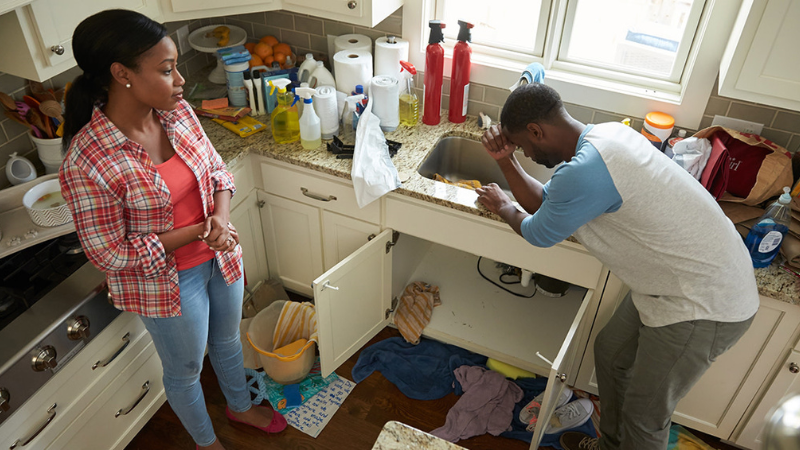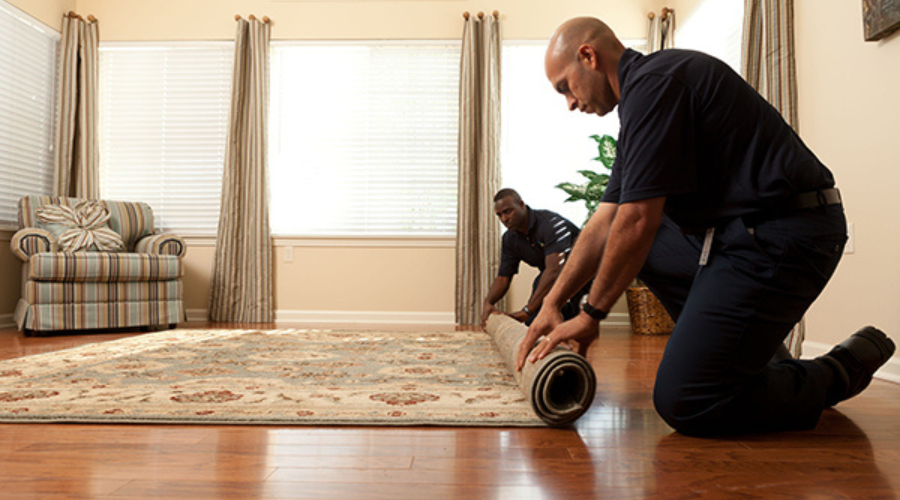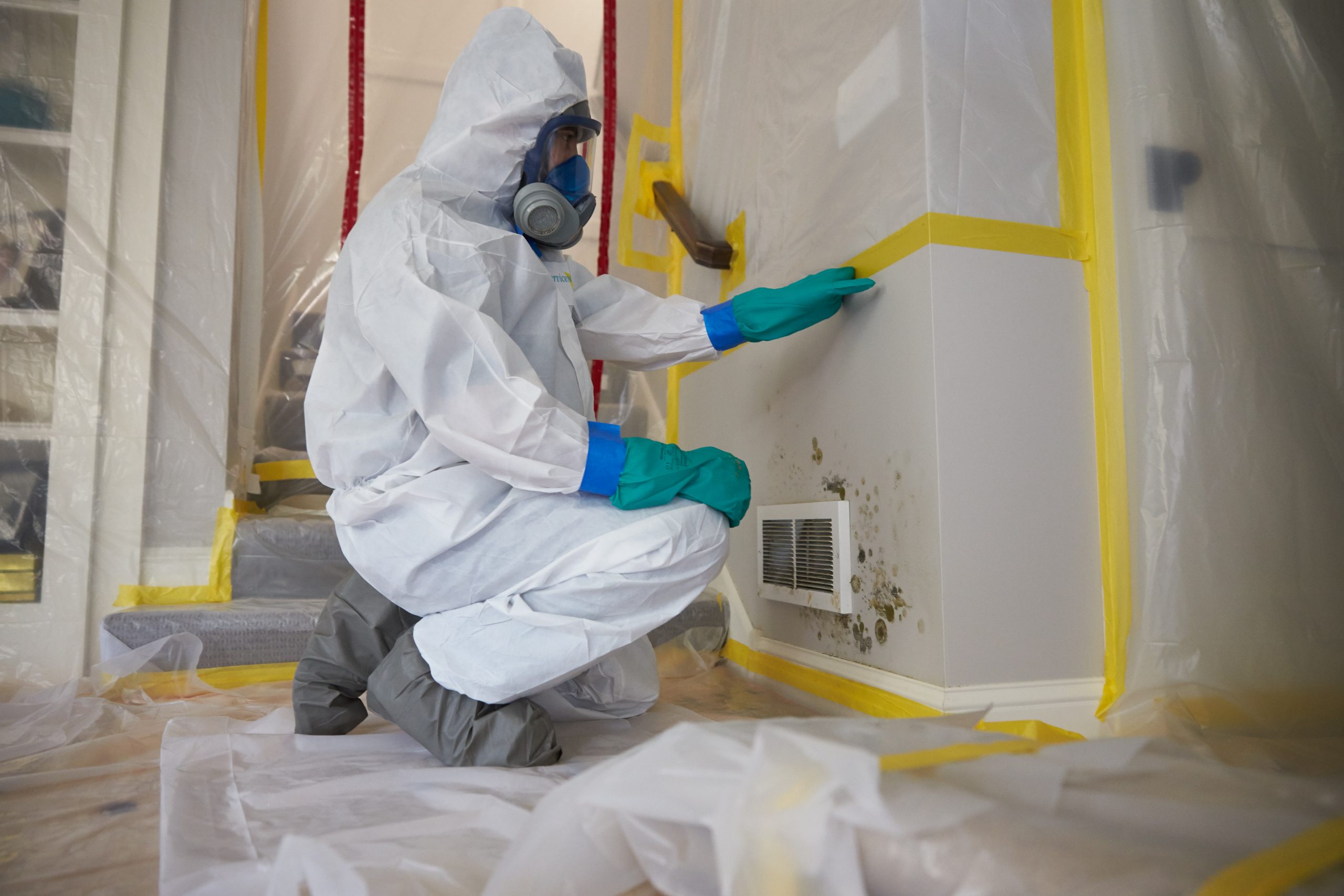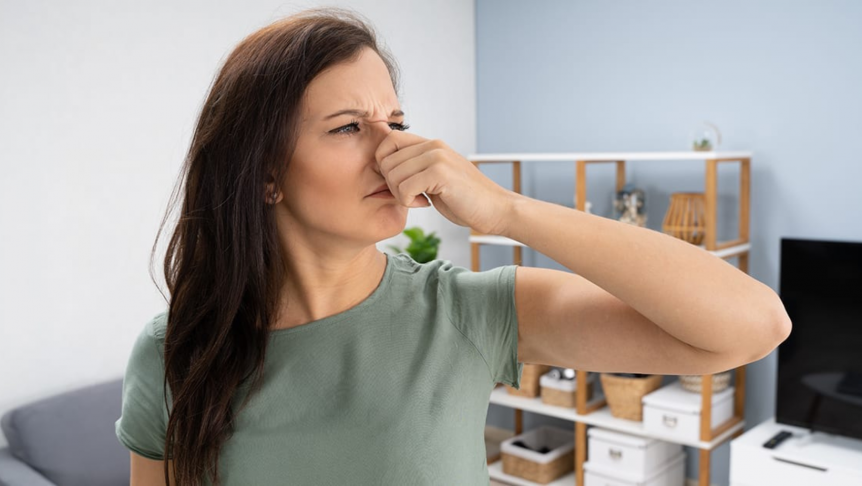A musty smell can make even a beautiful old home uninviting. That “old house smell” has its source in mold spores. Mold colonies proliferate where poor ventilation, darkness, and humidity meet. Fortunately, homeowners can use these 10 tactics to eliminate unwanted odors.
What causes musty odors in old homes?
Old homes filled with musty odors have three things in common: a lack of adequate ventilation, high humidity levels, and darkness. These are ideal conditions for attracting mold. The smell itself is caused by chemicals called MVOCs: Mold Volatile Organic Compounds.
The good news is that musty smells inside old homes are not harmful to the occupants. Health issues usually do not arise directly because of the odors. Rather, the funky smells are annoying. Homeowners planning to sell may also want to stop the embarrassing odors.
How do homeowners eliminate the smell?
1. Pinpoint the Source
Before embarking on eliminating the old house smells, it’s necessary to pinpoint the source. Mold hides in numerous places inside the home, such as in the front-load washing machine, in piles of wet clothing, under sinks in the bathroom, and beneath leaky pipes.
Closets with poor ventilation are prime habitats for mold spores. Check the HVAC system for mold if the musty smells increase upon switching on the AC. A flooded basement or crawl space can be a haven for mold. Roof leaks can also cause mold growth in the attic.

2. Dry the Space
Mold requires moisture to grow. By drying out the home, the spores have less moisture upon which to feed. If weather permits, open the windows to increase ventilation. Run the air conditioner or the dehumidifier in a home with humidity problems.
3. Vacuum
Mold feeds on dust, too. By vacuuming the home with a HEPA vacuum, mold-feeding dust is eradicated immediately. Regularly vacuum and mop the home to control dust levels and to clean up mold and mildew residue present in the home’s indoor air.
4. Clean the Upholstery
A favorite couch can be the source of unwanted old house smells. Soft furnishings tend to absorb moisture, making them hotspots for mold growth. Work to reduce the humidity level in the home; however, be aware that it takes time for moisture inside the upholstery to dry out.
Use a fabric refresher or upholstery cleaner on soft furniture surfaces. Rub wood polish on the hard surfaces. Baking soda can be used to draw out the odors: Sprinkle a generous amount on the fabric, allow it to sit for a few minutes and then vacuum it up.

5. Clean Hard Surfaces
The walls, cabinets, and floors can be culprits of the old house stench. Cleaning with vinegar comes to the rescue. Mix equal parts vinegar and water in a spray bottle and use it to clean the surfaces. A commercial product designed to eliminate odors is equally effective.
6. Declutter
The cabinets under the bathroom sink are usually cluttered with cleaning supplies and bath and beauty products, making it nearly impossible to notice a pipe leak. Declutter these spaces. Then check for possible drips, mold, dampness, or leaks in the plumbing.
7. Clean the HVAC
Unused furnaces and air ducts attract mold. Air conditioners also trap mold in their filtering systems. If the air ducts are the cause of the unwanted smells, hire an HVAC professional to inspect the system. A technician not only locates all the mold infestations but cleans them out, too.
8. Change the Air Filters
Air filters catch mold spores, mildew, and other contaminants. Upon discovering mold and cleaning up the infestation, change the air filters to prevent the spores from recirculating. Change the air filters in any air purifiers used in the home, as well.
9. Use a Natural Odor Absorber
Natural odor absorbers are recommended over synthetic fragrances. The latter contain chemicals that are harmful to health. Natural versions, like baking soda and plants, pose no danger and are better for the health of the home’s occupants. Let in the sunshine, which acts as a natural disinfectant.
Place bowls of vinegar around the home. The vinegar absorbs the foul odors, leaving the home smelling fresh and clean. Similarly, potted plants help purify the air inside the home; plus, they make the old home feel fresh and lively. Empty and clean out the garbage cans, too.
10. Fix Moisture Issues
Mold issues persist when the moisture source is left unrepaired. Leaky faucets, toilets, and bathtubs must be fixed in order to resolve the moisture issues and the mold problems causing the smells. Hire a company to repair the moisture leaks and to remove both mold and its odors.
An old house with a stale, unpleasant smell can be revived with the above-mentioned tips. The most important tip is to clean the mold—and this can be effectively done by hiring mold remediation experts at ServiceMaster DRR. A professional deodorization removes mold and its odors.
Our highly trained technicians arrive at your property and assess the extent of mold growth. Based on our findings, we create and implement a mold remediation plan. We isolate the area to prevent airborne mold spores from contaminating other parts of the home, then clean the mold growth.

Our mold cleanup technicians report our initial assessment to the homeowner’s insurance company. Using our professional services prevents the long-term property damage that can result from unrepaired mold infestations. Plus, the indoor air quality improves after a professional mold cleanup.
Homeowners are advised against tackling mold removal on their own, as untrained handling of mold can spread the spores throughout the rest of the property. ServiceMaster DRR specialists, however, are experts at containing infestations and removing them without the risk of further damage.
When mold has grown into an unmanageable issue, call the mold cleanup pros at ServiceMaster DRR at (800) 439-8833. We eliminate the mold and its accompanying odors. We are proud to serve homes and businesses in San Francisco, California. Call us for immediate professional attention.

Steve VanDenBerg is the owner of ServiceMaster Disaster Restoration and Recovery. He has over 30 years of experience working within the restoration industry and successfully leading start-ups, turnarounds, acquisitions and mergers, and rapidly growing companies.
Steve earned his BS in Business & Accounting from Calvin University in Grand Rapids, MI and began working for DSI Holdings as their Chief Financial Officer. When Steve began with DSI Holdings, they were running an underperforming ServiceMaster Restore franchise with one location. Steve implemented new policies and procedures for accounting and finance as well as a professional sales plan that increased profits eightfold over his time as the CFO. He was then promoted to President and CEO and in this time, he expanded the company from two locations with $4M in sales to 12 locations and $45M in sales. DSI Holdings became one of the largest disaster restoration companies in the U.S. and helped with major restoration projects throughout the U.S. and around the world.
Steve purchased ServiceMaster DRR in 2015 when the business was in decline. Drawing on his years of experience in turning around struggling ServiceMaster franchises, Steve overhauled our operations, including finance, sales, and marketing, which led to a quick turnaround. Within Steve’s first 24 months, sales increased by 60 percent. Steve also helped greatly improve our operating margins and established a relationship with California’s largest residential insurance company. Under Steve’s leadership, we have become one of the largest disaster restoration providers in California.
Steve has found great success in turning around struggling and stagnant restoration franchises by changing the business model and strategy, greatly increasing sales and profits. Many of the changes he has implemented have even been adopted by the franchisor into their operating model.



